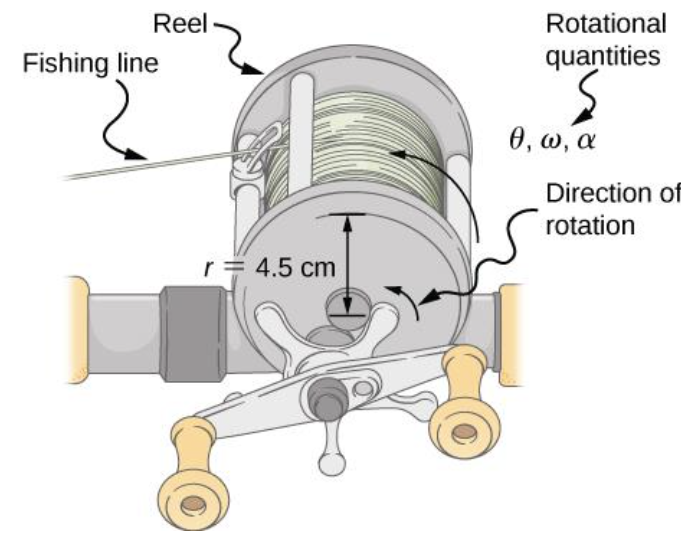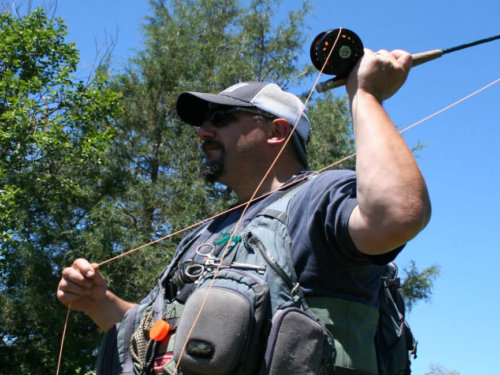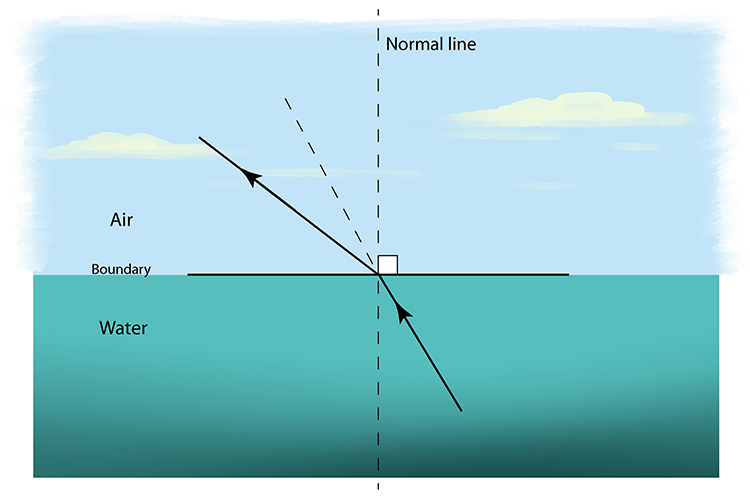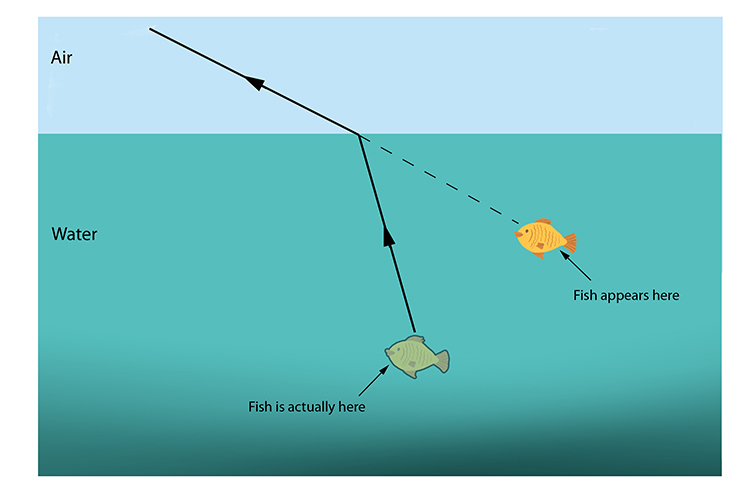Fishing is a popular recreational activity that involves using various techniques to catch fish from natural bodies of water. While it may seem like a simple activity, there is actually a lot of physics involved in fishing. Understanding these principles can help anglers be more successful in their pursuits.
One important aspect of fishing is understanding how fish move through the water. Fish are adapted for life in the water, and their bodies are streamlined to allow them to swim efficiently. The shape of a fish's body, fins, and tail all contribute to its ability to move through the water. In order to catch a fish, an angler must understand how a fish moves and be able to predict where it is likely to go.
Another important aspect of fishing is understanding how different types of lures and baits work. Lures are designed to mimic the movement of prey, and different lures are effective for different types of fish. For example, a lure that is designed to mimic a small fish may be effective for catching bass, while a lure that imitates a crawfish may be more effective for catching catfish. Understanding the types of lures and baits that are effective for different types of fish can help anglers be more successful in their fishing endeavors.
In addition to understanding the movement of fish and the types of lures and baits that are effective, anglers must also consider the effects of gravity, buoyancy, and drag when casting their lines. Gravity is the force that pulls objects towards the center of the earth, and it affects the trajectory of a cast. Buoyancy is the force that allows objects to float or sink, and it determines the amount of weight that is required to keep a lure or bait underwater. Drag is the resistance that an object experiences as it moves through the air or water, and it affects the speed and distance of a cast. By understanding these principles, anglers can adjust their techniques and equipment to cast their lines more accurately and effectively.
In conclusion, fishing involves a range of physics principles, including the movement of fish, the effectiveness of different lures and baits, and the effects of gravity, buoyancy, and drag. Understanding these principles can help anglers be more successful in their fishing endeavors and enjoy their time on the water even more.







